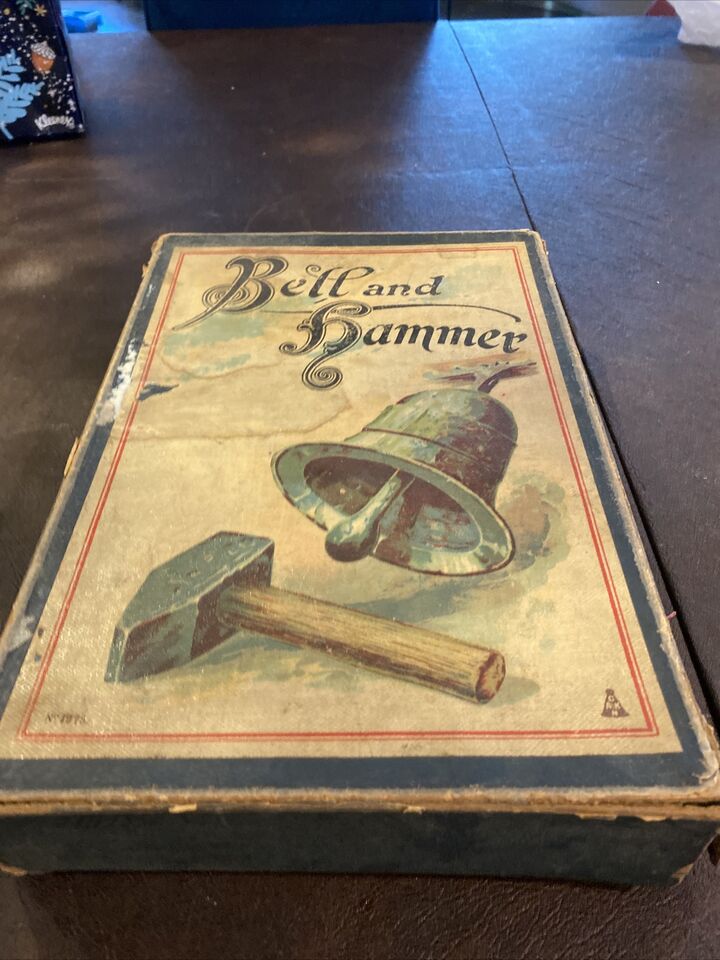Bell and Hammer (1800)
Brief History and Background Information of Bell and Hammer
Bell and Hammer, also known as Whitehorse, is a dice game that was quite popular in Europe during the 19th and early 20th centuries. It is often assumed that the inventor was the Viennese art dealer Heinrich Friedrich Müller, but there is no evidence that he was the inventor. In German, the game is known as Glocke und Hammer or Schimmel. Especially among the Jewish population, it was a very popular pastime during the Hanukkah festival, as well as the Dreidel game. After the Second World War, the game almost completely disappeared.
Why is Bell and Hammer Popular?
Bell and Hammer is a significant game because it has a long history and was popular in Europe during the 19th and early 20th centuries. It was also a popular pastime during the Hanukkah festival and among the Jewish population.
Game Components of Bell and Hammer
Eight special six-sided dice, all of which are blank except for one face that depicts one to six spots.
Gameplay Mechanics of Bell and Hammer
Players take turns rolling the dice and trying to accumulate points.The player with the highest score at the end of the game wins.
Game Objective of Bell and Hammer
The objective of the game is to accumulate the highest score by rolling the dice.
Player Experience
Bell and Hammer is a simple game that can be played quickly and easily.It is a game of chance, so players do not need to have any special skills or knowledge to play.
Conclusion
Bell and Hammer is a dice game that was popular in Europe during the 19th and early 20th centuries. It is a simple game of chance that can be played quickly and easily. Although it is no longer in production, it is a significant game due to its long history and popularity in the past.
Game Components of Bell and Hammer
How To Setup Bell and Hammer
To set up the game, players typically gather around a table with the eight special dice and the Bell and Hammer cards. Each player is usually given a set of rules or instructions, which were originally provided with the game. The setup involves distributing the dice and cards according to the specific rules outlined in the instructions.
Gameplay Mechanics and Game Objective
Player Experience
Playing Bell and Hammer is a lively and engaging experience, especially in a social setting. The combination of dice rolling and card interactions keeps players on their toes, as each roll can significantly change the game’s direction. The gambling element adds an exciting layer of risk and reward.
Pros
Cons
Personal Thoughts on Bell and Hammer
Bell and Hammer is a game that is perfect for those who enjoy dice games, historical gaming experiences, and a touch of nostalgia. It is ideal for family gatherings or social events where people are looking for an engaging and somewhat unpredictable game. However, it may not be the best choice for players seeking a game with deep strategic elements or those who are easily frustrated by games heavily influenced by luck.
We are supported by our audience. When you purchase through links on our site, we may earn an affiliate commission, at no extra cost for you. Learn more.

